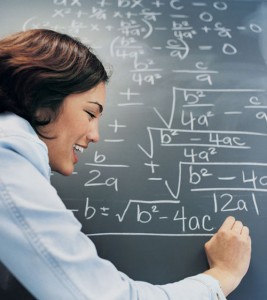Mathematics is undeniably a hard subject. Even the great minds of the past such as Albert Einstein know for a fact that there are difficulties in learning the matter. No wonder Math teachers experience difficulties in the way they teach students. The lecture approach where teachers let students memorize mathematical facts has long been gone. Today, teachers are called on to teach new and effective teaching methods to develop not only mastery, but comprehension as well.
Mathematics requires experiential learning where students are involved in their own understanding of mathematical concepts and practices. Through this type of learning, students are able to identify problems, use constructive reasoning to make viable arguments, and applying mathematics in real-life problems.
On improving mathematical concepts, a recent study explained that problem solving in mathematics is not a natural talent, but learned. The teacher’s role is to guide students through practice, provide both routine and non-routine problems, and help them develop their own strategies in solving those problems. In addition, the study highlights the importance of including the students in developing skills in problem solving and sharing them through argumentative discussions.
Traditionally, math textbooks often just provide fixed examples without providing rich experiences in problem solving. Teachers too often review the answers immediately without explaining what strategies students use to solve the problems or if the solutions can be explained by the students themselves.
For teachers to build their students’ mathematical problem solving strategies, they need to provide instruction that explores new concepts through scaffolding. Scaffolding includes asking guide questions that lead to answers rather than supplying them immediately.
In regards to experiential learning at the high school level, teachers need to focus on reasoning and acquire a sense of using mathematics on their daily lives. This is because U.S. high school students have the inability to apply math to solve problems in a variety of situations. This trends needs to be improved through experiential learning.


